How do you prevent a rotator cuff injury?

ofmpasu or aathe Rotator cuff injuries occur when the structures surrounding the shoulder joint are damaged in some way, causing pain, weakness, and decreased range of motion
Rotator cuff injuries can be caused by repetitive stress on the shoulder, degeneration of the shoulder tissue, or traumatic falls, throws, and hits. Rotator cuff injuries can be treated with a mix of isometric and strength based training. How long it takes to recover from an injury usually depends on the severity of the injury.
What does a rotator cuff injury feel like?
A rotator cuff injury occurs when one or more of the muscles or tendons that surround the shoulder joint are damaged. There are generally two types of rotator cuff injuries. The first type is a strain or tear, most commonly caused by trauma such as a fall or repetitive trauma. The second type is a tendinopathy, where the tendon becomes inflamed and painful, most commonly caused by a repetitive movement or overload of the tendons as in repeated throwing.
Some common symptoms of rotator cuff injuries are:
- Pain in the front, side, or back of the shoulder
- Clicking and popping sounds
- Weakness and instability in the shoulder
- Stiffness or decreased range of motion
What are the most common causes of rotator cuff injuries?
Rotator cuff injuries can be caused by an injury to the shoulder or by wear and tear of the tendon tissue in the shoulder. People who have jobs that require repetitive overhead reaching motions, such as painters, are more susceptible to rotator cuff injuries, specifically tendon injuries (tendinopathies) in the shoulder.
Rotator cuff injuries can be caused by:
- Traumatic falls, throws, and hits
- Repetitive stress on the shoulder (ex: lifting, throwing, reaching)
- Aging and degeneration of the tissue
How do you treat a rotator cuff injury?
At The Bridge, we treat rotator cuff injuries with an individual’s goals and daily activities in mind.
The first step is to control any pain symptoms that the individual may be experiencing and lightly stretch tight muscles around the shoulder joint. Isometric exercises are often started as well as they are a great way to strengthen the rotator cuff without straining it.
The next step is to directly target the rotator cuff and surrounding structures through dynamic strength work. During this stage, exercises like kettlebell presses, carries, and rows would all be staples in the patient’s exercise programming.
While treating clients with rotator cuff injuries, we also focus on structures around the cuff, especially the muscles and joints surrounding the shoulder, as they play a huge role in biomechanics and performance of the rotator cuff.
How do you prevent rotator cuff injuries from occurring?
Although we can’t completely prevent rotator cuff injuries from occurring, strengthening the shoulder is recommended to help reduce the risk.
A consistent upper body strength program involving vertical and horizontal pushing and pulling motions can help to build strength and resilience in the shoulder and rotator cuff.
The Bridge model consists of three pillars

Relieve pain
Injury treatment and management to relieve pain, including physiotherapy, massage and chiropractic treatment.
get stronger
We introduce strength and mobility exercises to build tolerance to the demands of your activity and to develop more efficient movement patterns, making sure you don’t get hurt again.
improve performance
Performance or return to sport training: Is the last part of our model and reserved for those needing to return to a competitive sport or wanting to train at a higher level.
Contact us today and learn how our team can help you build a recovery plan, in person or virtually.

Book an in-person appointment
Book a session at one of our three locations in Edmonton and Sherwood Park.

